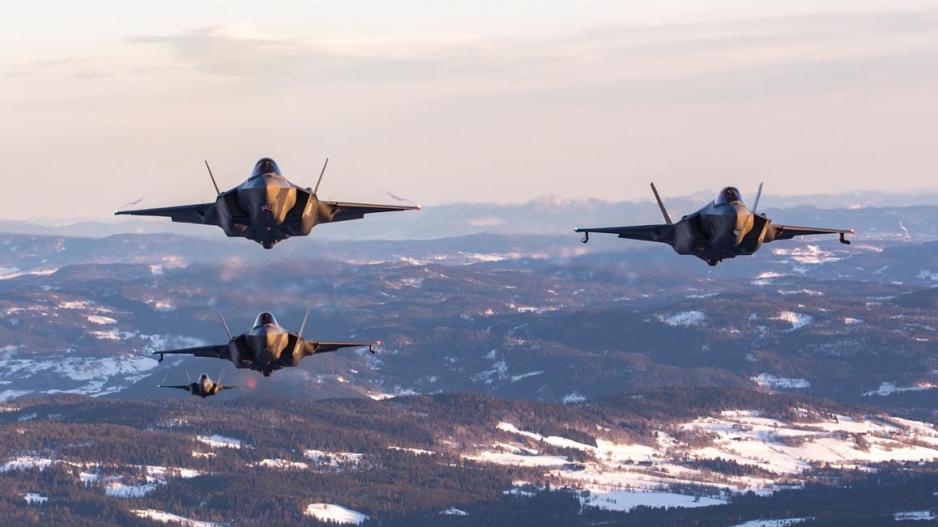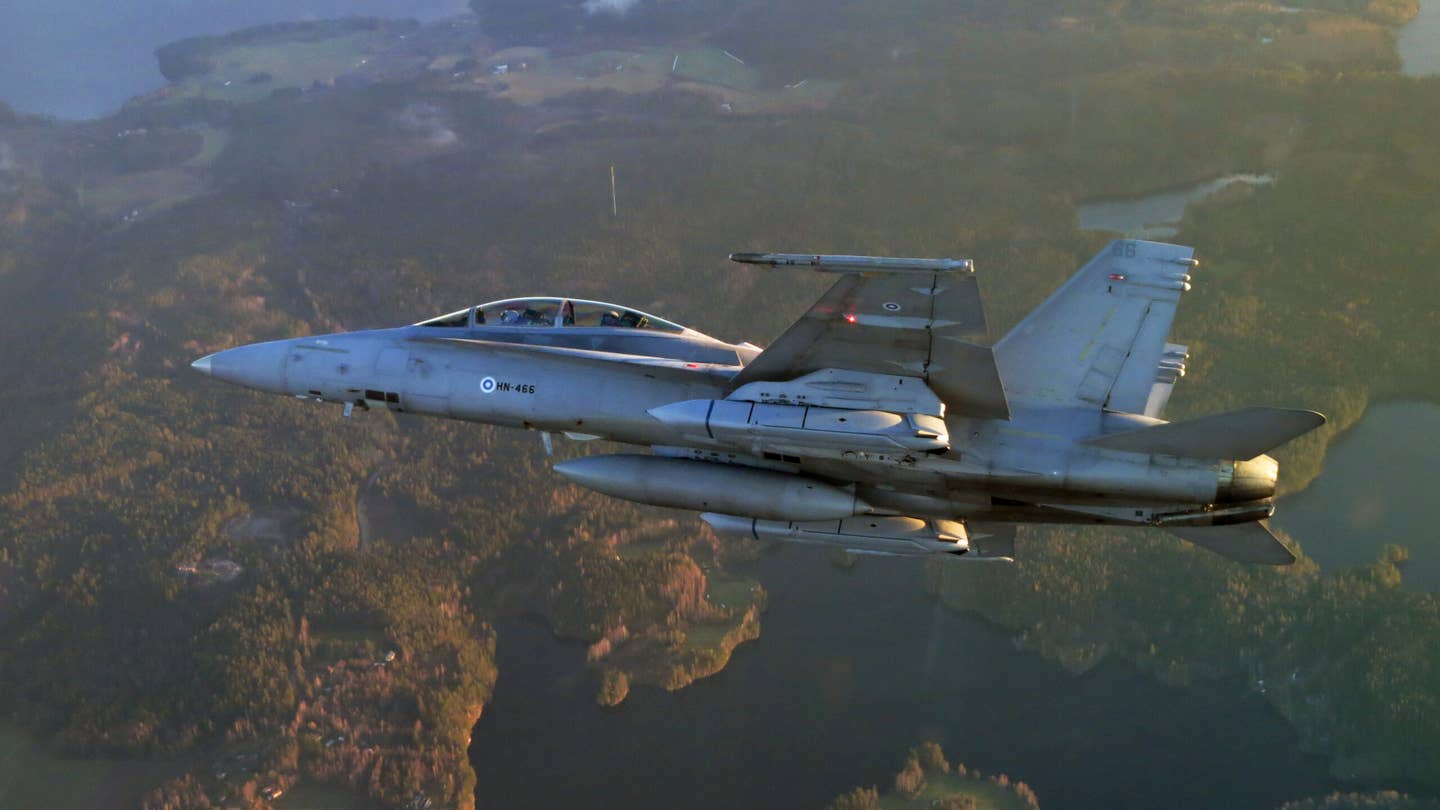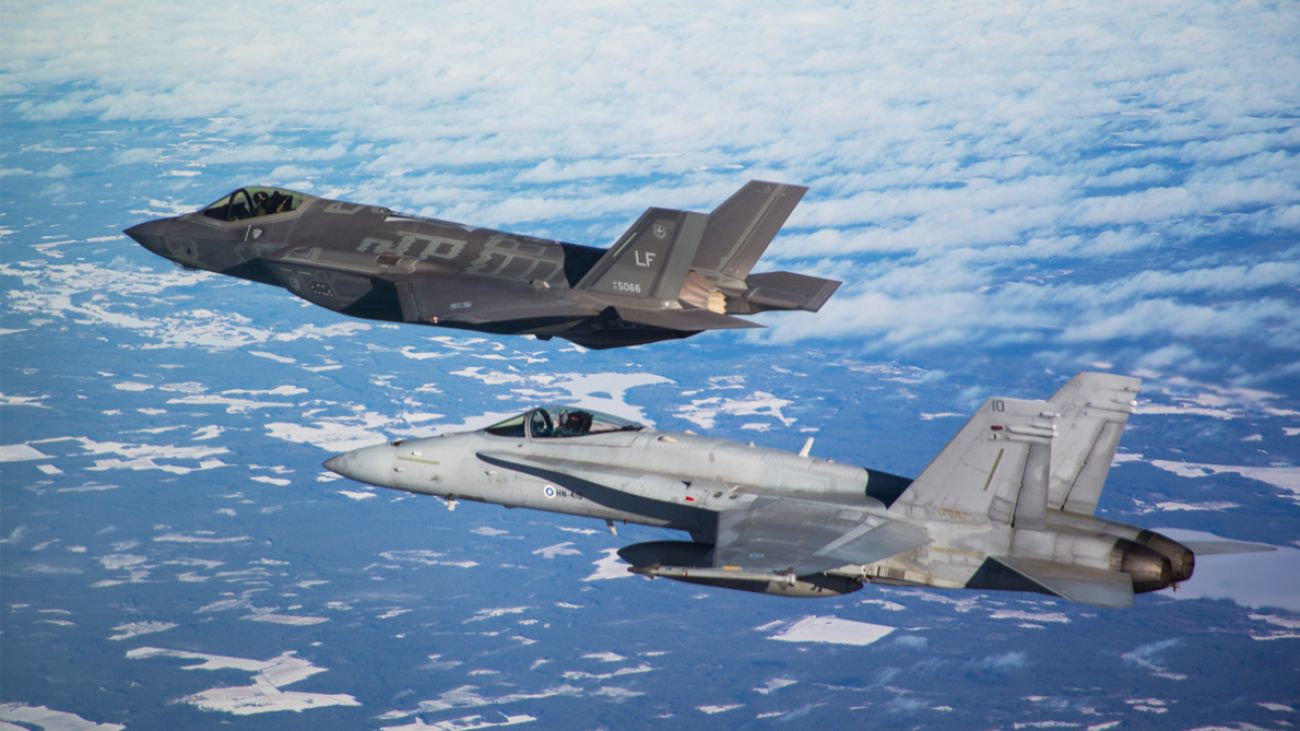The air forces of four Nordic countries have established a unified Nordic air defense alliance to counter Russian threats better. Under the new agreement, Denmark, Finland, Norway, and Sweden will operate a joint fleet of more than 250 fighter jets.
On March 24, these four countries disclosed that they had signed the first Nordic Air Commanders’ Intent during last week’s conference at the Ramstein Air Base in Germany.
Denmark’s air force said the ultimate objective is to work seamlessly as a single force by creating a Nordic model for cooperative air operations based on established NATO procedures.
The collaboration will include cooperative airspace monitoring, training, flexible force deployment, integrated command and control, and operational planning and execution.
The publicly available plan does not specify a timeframe for completing any objectives. However, an overview is provided in a separate jointly published document.
#Nordic air chiefs sign the first Nordic Air Commanders' Intent, which is the foundation for a unified Nordic air defence. The ultimate goal is to be able to operate together as one force. Read more (in Danish) ➡️ https://t.co/p7Qc0Uv5pX #dkforsvar #dkpol https://t.co/lO2dSMH6UO
— IPC Denmark (@IPC_DK) March 24, 2023
In the medium term, activities will center on preparing for, conducting, and evaluating Nordic Reaction 24 from an air viewpoint, focusing on the Nordic digital and semi-distributed [Air Operations Center] AOC development steps, according to that document.
“On the horizon, long-term permanent solutions to fulfill this intent’s aim shall be determined and established,” the document mentioned.
The integration of the air forces was motivated by Moscow’s full-scale invasion of Ukraine, according to Major General Jan Dam, the commander of the Danish Air Force, even though none of the documents specifically mention Russia.
“Our combined fleet can be compared to a large European country,” Dam noted.

Norway and Denmark are already members of the North Atlantic Treaty Organization. Finland intends to join within weeks after applying for membership in the military alliance with Sweden in May of last year.
Sweden is experiencing a delay due to opposition from Turkey and Hungary, but it is anticipated to be admitted finally. The Nordic air force chiefs first discussed increased collaboration in November at a conference in Sweden.
Air Power Of Four Nordic Countries
These four Nordic countries have over 250 fighter jets, training, transport, reconnaissance fixed-wing aircraft, and choppers.
Norway presently has a fleet of 37 F-35 fifth-generation fighter jets, with additional 15 F-35s scheduled to arrive by 2025. The Norwegian Air Force has announced the retirement of its F-16 fleet.
Finland currently has 62 F/A-18C/D multirole fighter aircraft. However, the country ordered a fleet of 64 F-35 stealth fighter aircraft to replace the aging F/A-18s in December 2021. The US-made F-35 will begin arriving in the country in 2026.
Recently, Ukraine formally requested Finland to look at sending its F/A-18 Hornet fighter jets. The official request follows a meeting between Ukrainian President Volodymyr Zelenskyy and Finnish Prime Minister Sanna Marin on the potential transfer of Hornet fighter jets.
However, Finnish Defense Minister Antti Kaikkonen has objected to Ukraine’s demand for a portion of his country’s Hornet inventory.

“My view as Finland’s defense minister is that we need these Hornets to secure our own country,” Kaikkonen said during a news conference in Helsinki, according to Reuters.
“I view negatively the idea that they would be donated during the next few years. And if we look even further, my understanding is that they begin to be worn out and will have little use value left,” Kaikkonen added.
According to Reuters, Denmark currently has 58 F-16s and has ordered 27 F-35s, with the first set to arrive in 2023.
Sweden reportedly has 71 single-seat Gripen C fighters and 23 twin-seat Gripen D fighters. In the coming future, these jets will upgrade to the improved Gripen-E.

While all four countries have committed to cooperating under the NATO guidelines, Finland and Sweden are still waiting to join.
Combining forces can make airborne surveillance tasks more effective and efficient while making security arrangements more adaptable and unpredictable.
Furthermore, as aerial threats become more modern and dynamic, pooling resources for air defense, even to some extent, makes significantly more sense than doing it alone.
Nevertheless, this historic pact might be a win for all parties when it comes to preventing Russian aggression and, if necessary, fighting it off. Driven by the Ukraine war, NATO countries must improve their interoperability and be prepared to respond quickly to any foreseeable danger.
- Contact the author at ashishmichel(at)gmail.com
- Follow EurAsian Times on Google News




